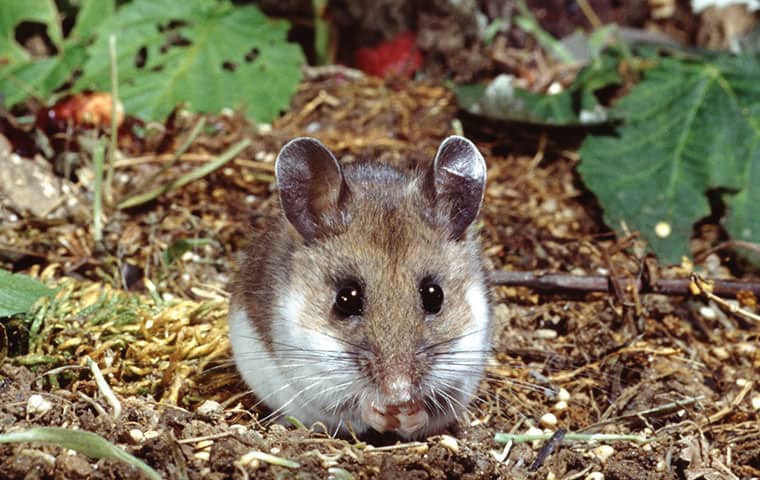
Mice
What Are Mice?
Mice are small rodents that grow to about 4 inches long. They're identifiable by their short brown hair, protruding eyes, and long, hairless tails. Mice are opportunistic pests that thrive in garages, attics, and crawlspaces. The two most common types of mice that infest our buildings and homes are deer mice and house mice.

Are Mice Infestations Dangerous?
Mice can be carriers of many different pathogens and diseases. Notably, deer mice can carry and spread Lyme disease and Hantavirus Pulmonary Disease. It is common for deer mice to carry the bacteria that causes Lyme. Mice often bring secondary pest infestations into your home such as fleas and ticks. Ticks carrying Lyme disease can pass the infection on to pets and people through a bite. Hantavirus Pulmonary Disease is also carried by mice. HPD is spread through airborne particulates put off by dead mice. Airborne mouse urine particulates can also spread the disease.

Hear From Our Happy Customers
At RAM Pest Control, your satisfaction is our priority! See for yourself what our customers have to say about working with us.
-
“- Tyler S
Great team..very responsive and easy to work with. Explains each step of the way and what they are doing to fix the problem.
” -
“- Richard G
This company is amazing. First, they actually answered their phone. I was able to get scheduled in 5 minutes. Nate was our technician. Very professional and knowledgeable of our snake issue. I cannot say enough good things about this company.
” -
“- Karna P
Very responsive and professional! I will always use these guys!!
” -
“- Joyce G
My tech Tate does a good job, he is knowledgeable, professional, funny and kind...always thinking about my dog's safety when spraying and very good at his follow up to check on my home! Big Thank you to Ram Pest Control and Tate!
” -
“- Candy A
Tate was exceptional. I look forward to to having him come on a monthly basis and working with him in the future. He took the time to answer all of my questions and was very knowledgeable and I really appreciated that. Thank you Tate...I look forward to
” -
“- Daniela K
Excellent pest control company in the valley!!!
” -
“- Daniela K
Great pest control company, Tate is very knowledgeable and professional!
” -
“- Ruth G
Brandon put a new metal trap to catch mice and it worked in a day. He returned to remove dead mouse and reset trap. Pleased with his idea and response.
”

Why Choose RAM Pest Control?
-
Over 20 Years of Experience
-
Customer Care Focused
-
Locally Owned & Operated
-
Effective & Affordable
RAM Pest Control's Blog
Want all the latest news or updates? Browse through our blog to read our most recent posts and featured articles.




